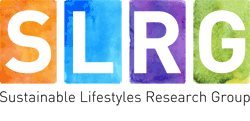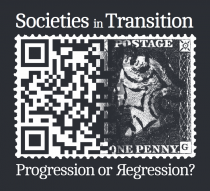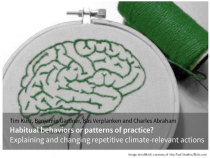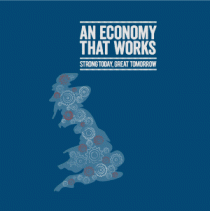- About
- Team
- Projects
- Children and the Environment
- ELiCiT (Exploring lifestyle changes in transition)
- Foundations for Sustainable Living
- HABITs
- Mapping Rebound Effects
- PASSAGE (Prosperity and Sustainability in the Green Economy)
- Policy Dialogue
- Price Responsiveness of Demand in Energy
- Resilience and Sustainable Lifestyles
- Sustainability Transitions in Food Systems
- Sustainable Living in Remote Rural Scotland
- Publications
- News
- Events
Turning lights into flights: Estimating direct and indirect rebound effects for UK households
| Title | Turning lights into flights: Estimating direct and indirect rebound effects for UK households |
| Publication Type | Journal Article |
| Year of Publication | 2013 |
| Authors | Chitnis, M, Sorrell, S, Druckman, A, Firth, S, Jackson, T |
| Journal | Energy Policy |
| Pagination | 234–250 |
| Keywords | Energy efficiency, Income effects, Rebound effects, Sustainable consumption |
| Abstract | Energy efficiency improvements by households lead to rebound effects that offset the potential energy and emissions savings. Direct rebound effects result from increased demand for cheaper energy services, while indirect rebound effects result from increased demand for other goods and services that also require energy to provide. Research to date has focused upon the former, but both are important for climate change. This study estimates the combined direct and indirect rebound effects from seven measures that improve the energy efficiency of UK dwellings. The methodology is based upon estimates of the income elasticity and greenhouse gas (GHG) intensity of 16 categories of household goods and services, and allows for the embodied emissions of the energy efficiency measures themselves, as well as the capital cost of the measures. Rebound effects are measured in GHG terms and relate to the adoption of these measures by an average UK household. The study finds that the rebound effects from these measures are typically in the range 5–15% and arise mostly from indirect effects. This is largely because expenditure on gas and electricity is more GHG-intensive than expenditure on other goods and services. However, the anticipated shift towards a low carbon electricity system in the UK may lead to much larger rebound effect |
| URL | http://www.sciencedirect.com/science/article/pii/S0301421512010531 |













